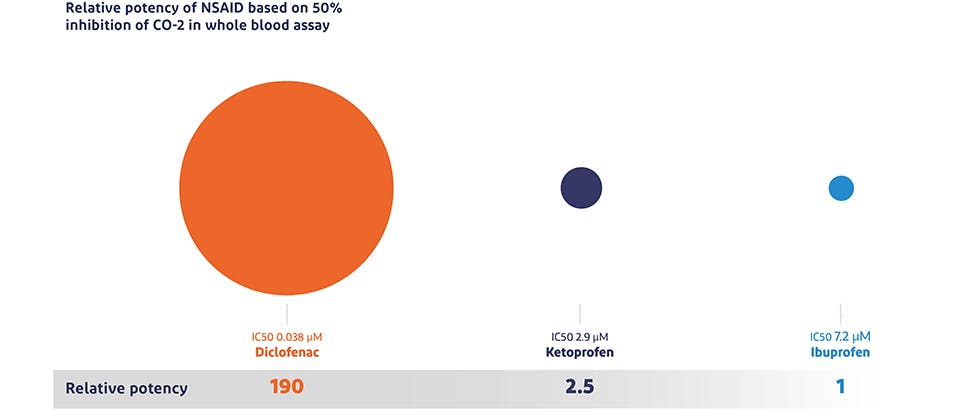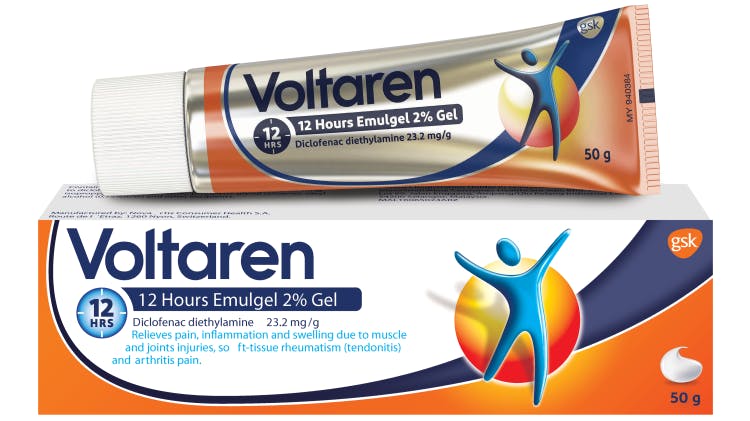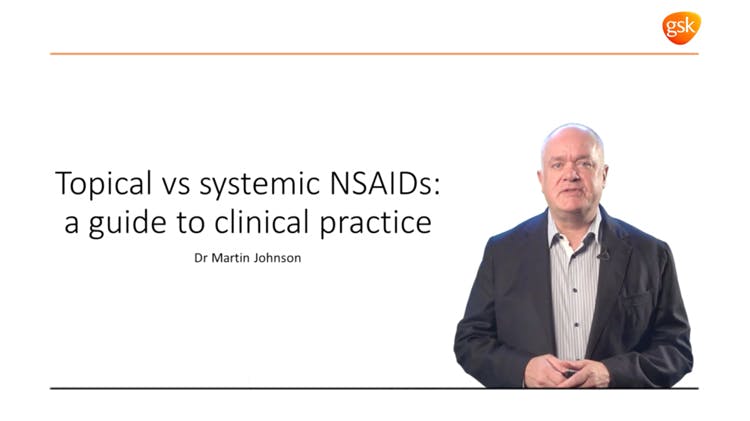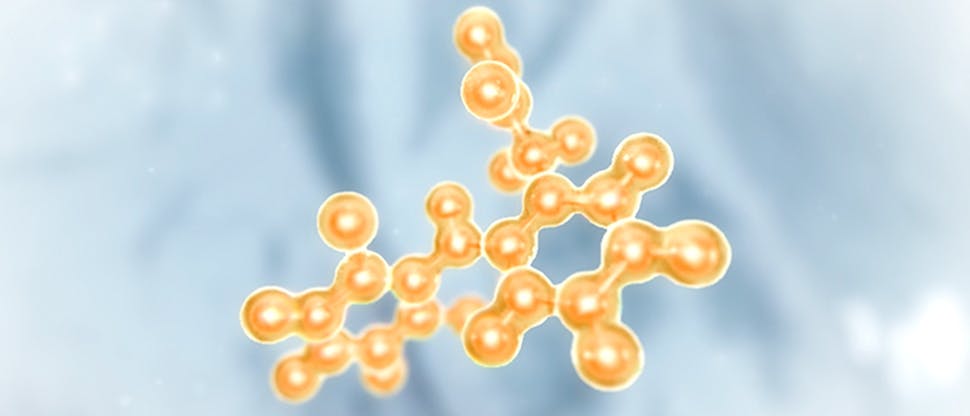Voltaren Science - Diclofenac
Acts through cyclo-oxygenase-2 (COX-2) inhibition, striking inflammation at its source
Learn how diclofenac reduces inflammation by inhibiting prostaglandin biosynthesis through action on the COX enzymes with selectivity for COX-2, and inhibiting phospholipase A2 activity to reduce the production of inflammatory leukotrienes.1,2,4

Diclofenac is a potent anti-inflammatory agent1
Its effect on the COX-2 enzyme means that, unlike non-NSAID medications such as paracetamol, diclofenac not only provides pain relief but also treats inflammation – a root cause of pain.2,4
Diclofenac, an NSAID (and therefore in the same drug class as ketoprofen and ibuprofen), shows marked potency in its inhibition of the COX-2 enzyme.5
Diclofenac targets inflammation to strike pain at its source
Diclofenac-containing products

Voltaren Emulgel 2%
Indicated for external treatment of pain, inflammation and swelling in the following situations: trauma of the tendons, ligaments, muscles and joints, e.g. sprains, contusions, strains and sport-related back pain or back ache following accidents; localised forms of soft tissue rheumatism such as tendinitis (tennis elbow), shoulder-hand syndrome, bursitis, periarthropathy; and for the symptomatic treatment of osteoarthritis of small and medium-sized joints located close to the skin such as the finger joints or knee joints.2
Diclofenac – a potent anti-inflammatory ingredient1

Diclofenac-containing products
Learn more about Voltaren products that contain this potent anti-inflammatory ingredient.1

Topical vs systemic non-steroidal anti-inflammatory drugs (NSAIDs): a guide to clinical practice
Watch Dr Martin Johnson, GP, review the mechanism of action of NSAIDs and compare the benefits and potential drawbacks of topical versus systemic formulations.


